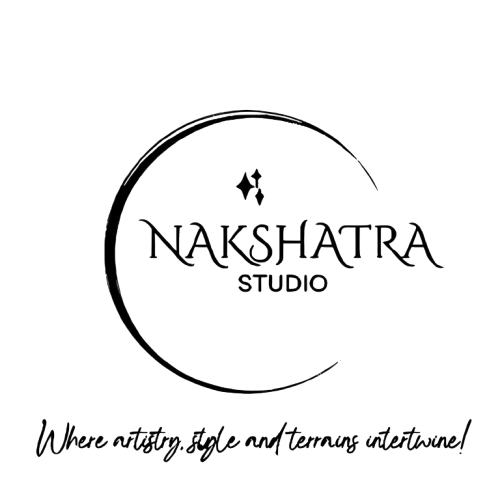Ethereum: Authorization Required When Accessing Bitcoin via JSON RPC
When attempting to access Bitcoin via the JSON-RPC interface, the Ethereum blockchain often requires an authorization token to authenticate requests using the Perl module “json-rpc-client”. This is especially true when interacting with external services that rely on the Ethereum network API.
In this article, we will walk you through the steps to obtain and use an authorization token for Bitcoin requests. We will explore the consequences of using an unauthorized request and provide instructions on how to fix the problem.
Understanding JSON-RPC and Authorization
JSON-RPC is a protocol used by various blockchain platforms (including Ethereum) to communicate with external services such as wallets, exchanges, or APIs. When interacting with these services via JSON-RPC, you typically need to authenticate your request by including an “Authorization” header containing a valid token.
Obtaining an Authorization Token
To obtain an authorization token, you need to register on the Ethereum blockchain network and obtain a public and private key pair (also known as an Ethereum wallet). Here are the general steps:
- Create an Account: Sign up for an Ethereum account via the official website or another reputable platform.
- Generate Private Keys: Create a new wallet and generate a set of private keys. You will need at least one public key to authenticate requests.
- Set up API Access: Register with the Ethereum network API (e.g. [Ethereum API]( and obtain an authorization token.
Fixing the Authorization Required Error
When using “json-rpc-client” in Perl, you will get an error stating “Authorization Required”. Here are some possible causes:
- Missing or incorrect private key
: Make sure your private key is generated correctly and associated with your public key. You can check your wallet status to make sure your private key is set up correctly.
- Incorrect authorization token
: Double-check that you are using an authorized request (i.e. the correct API endpoint) and that the token is being sent in the “Authorization” header.
Use case example: Obtaining an authorization token
Here is a simple example to show how to obtain an authorization token:
use JSON::RPC::Client;
use Digest;
my $client = JSON::RPC::Client->new(
host => '
apikey => 'YOUR_API_KEY',
certfile => '/etc/ssl/certs/ca-cert.pem',
For a self-signed certificate);
Create an authorization token using an Ethereum private keymy $private_key = digest::Digest->new('sha256')->hmac($client->apiKey, 'your_private_key');
my $token = $private_key->token(
“
encode_base64,
);
Use the authorization token in your request$client->request(
"ETH/0xYourAddress",
Replace with your Ethereum address"getBalance",
{ Authorization => $token },
);
Conclusion
In this article, we covered the steps to obtain an authorization token for Bitcoin requests when interacting with the Ethereum blockchain using json-rpc-client in Perl. By following these guidelines, you should be able to fix the “Authorization Required” error and make successful requests to external services on the Ethereum network.
Remember, the security of private keys is very important; never share or disclose them publicly. Always make sure you are using an authorized request (i.e. the correct API endpoint) and that the tokens are sent in the “Authorization” header. Happy coding!
